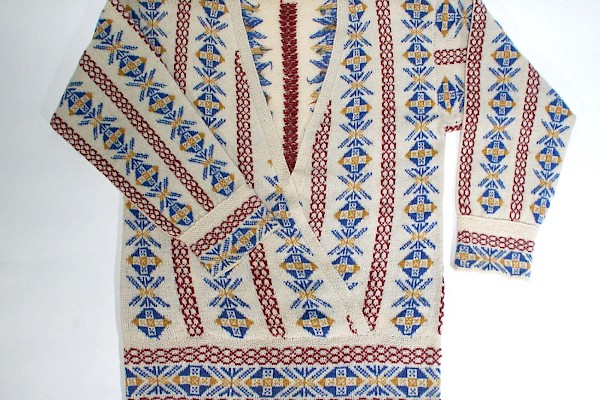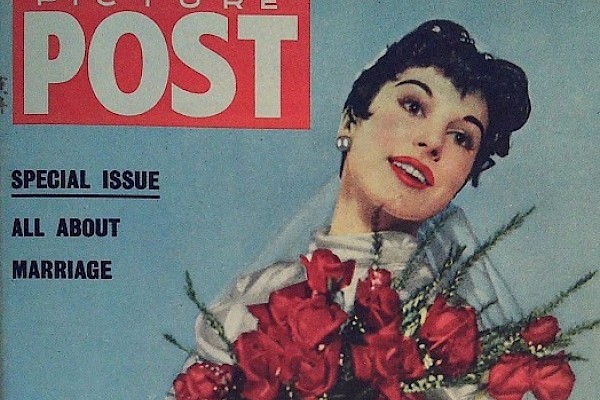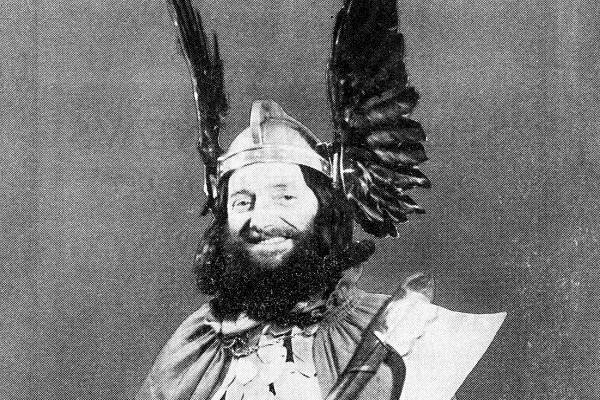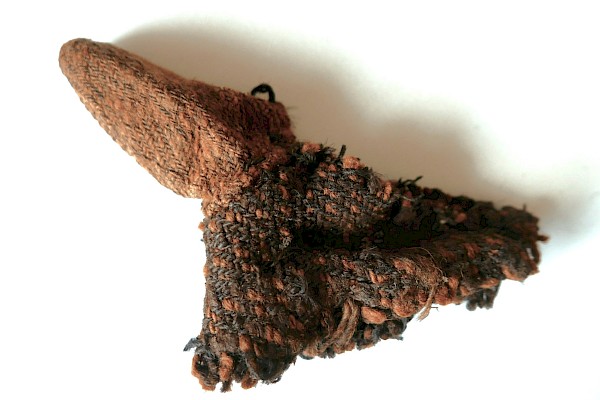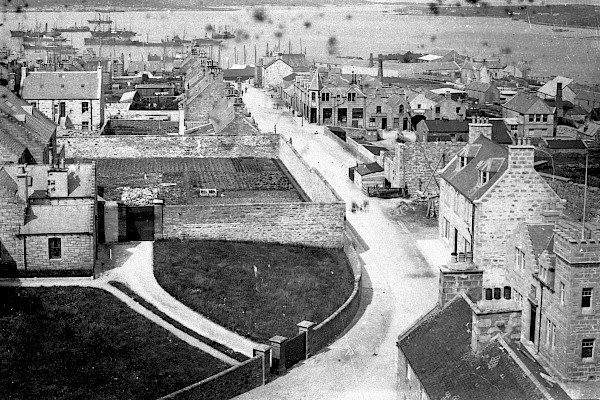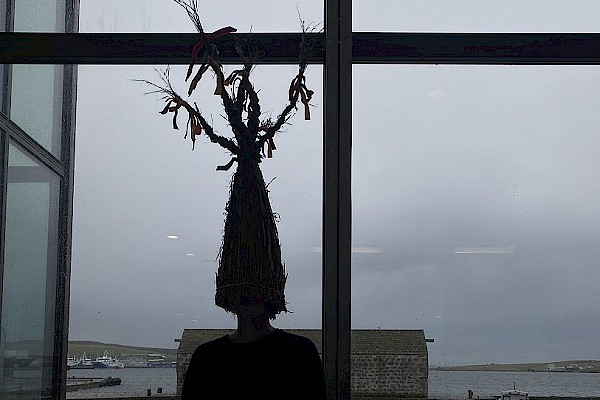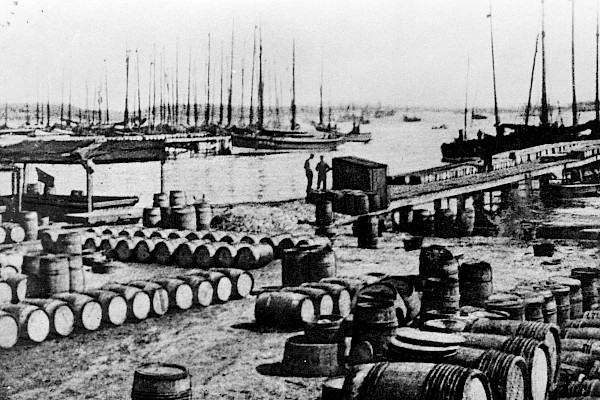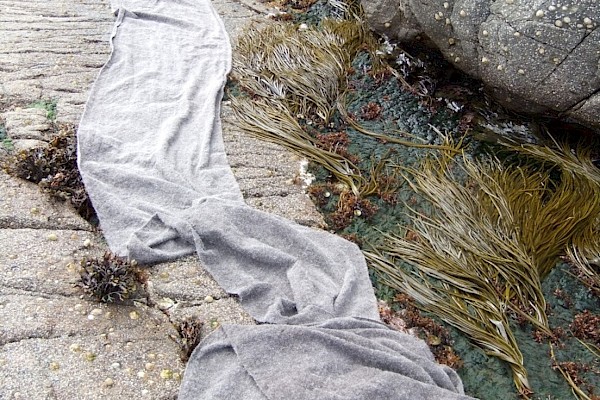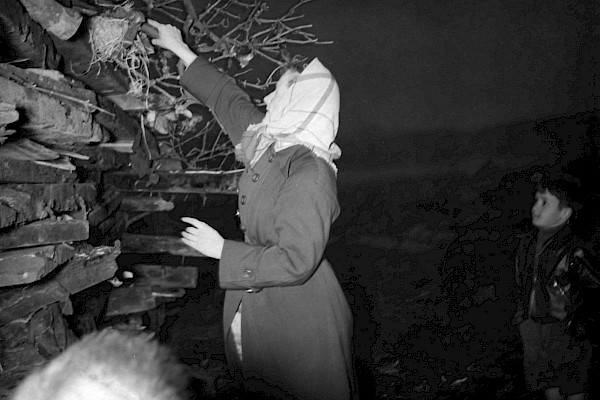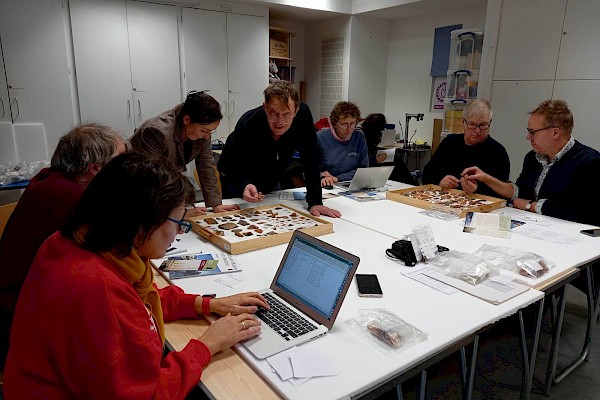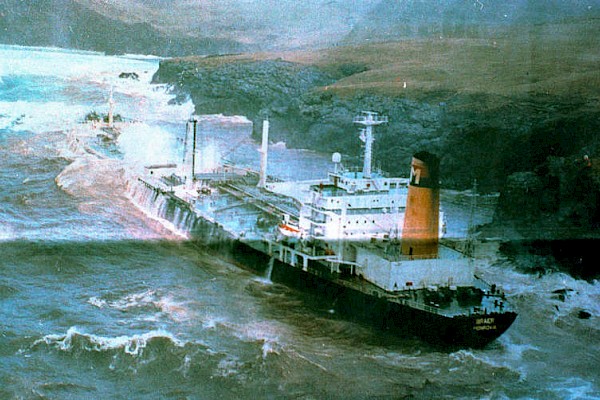Beltane Festival
We're all familiar with calendar customs. Those we have in Shetland today (with one notable exception in late January!) are identical to ones elsewhere, such as Bonfire Night or Halloween. Long ago, however, ours were different to those elsewhere. They celebrated things like harvest or religious festivals. The change took many centuries, and even our oldest customs had some similarities to ones elsewhere, and it isn't surprising that many were close to Scandinavia.
But we've just passed an old one that came from somewhere else. Beltane seems ancient, with its pre-Christian emphasis on fire and seeking good luck for the coming agricultural year. But it's more interesting than that, for the festival was firmly part of Celtic tradition, in Ireland and Scotland. Given our complete change to Norwegian culture over a thousand years ago, its unlikely that the tradition survived since the Iron Age, and its unlikely Viking colonists adopted something from the older culture.
It's more likely we learned it five hundred years ago from Scottish settlers, and avidly took it up, not knowing or caring about any pagan origin. The Scottish festival involved bonfires, as did Shetland's. Our name for it, Beltane, is the Scottish name, and it took place at the same time in Shetland and Scotland: the first few days of May.
The custom had been here a long time, long enough to get Shetland characteristics. The most picturesque involved youngsters holding up a burning peat from the bonfire, reciting a verse, then passing the tongs to the next child. Whoever had the torch when the flame went out had to do a forfeit. The youngster had to go on all fours, whilst the others loaded debris on, in the manner of a packhorse.
Read more about it in an interview with curator Dr Ian Tait for The Scotsman
